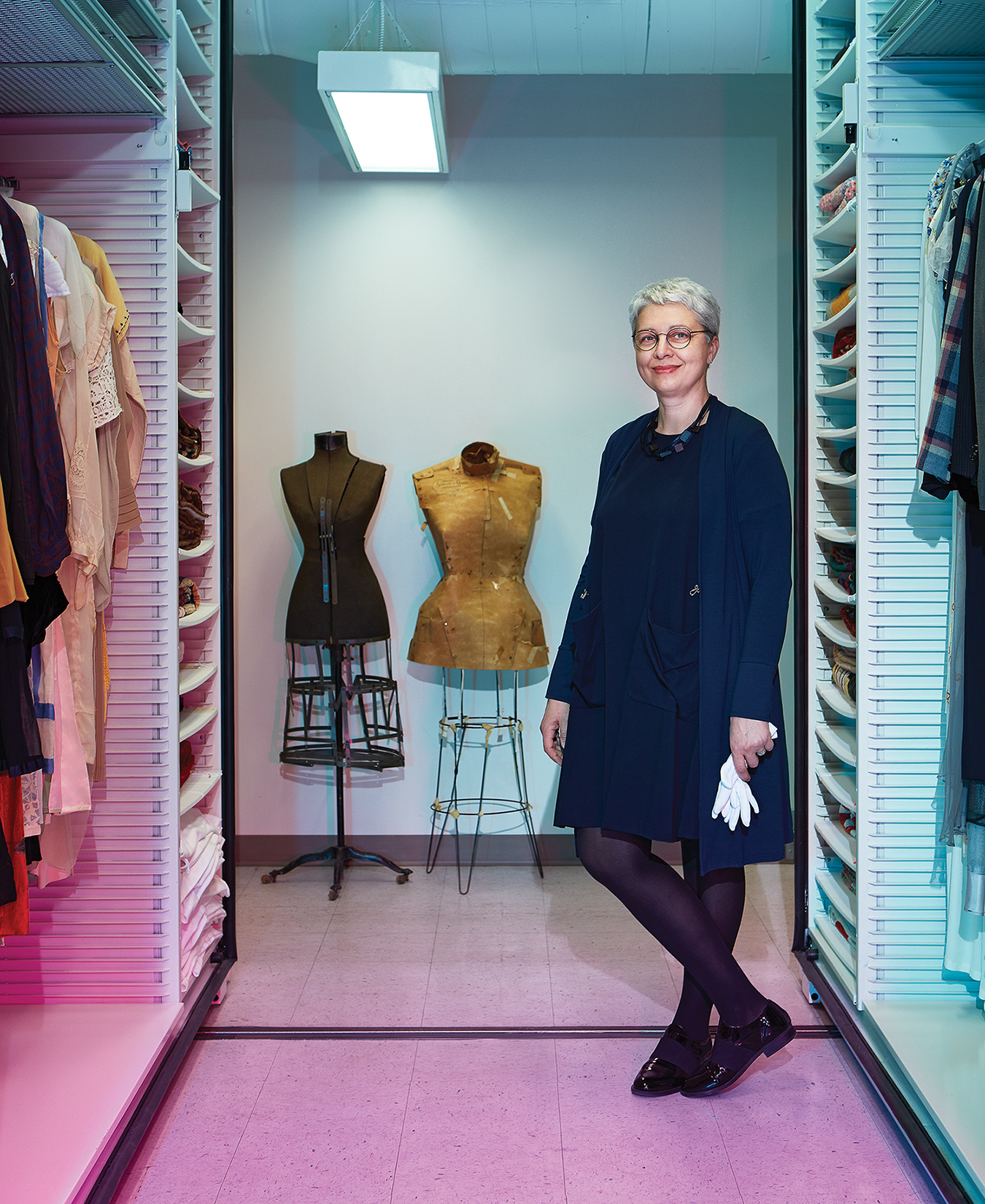If you’re one of the millions of people who have watched Tidying Up with Marie Kondo on Netflix, you may have been inspired to purge your space of things which no longer “spark joy.” But, in an effort towards sustainability, Vlada Blinova thinks we should start thinking about joy when we buy, by adopting a more thoughtful shopping process, and then by showing more respect and care for our clothing.
“People have started to understand that if we continue producing and consuming at the same rate, it’s not going to end well,” Blinova says. “It’s not like sustainability is a new concept. You can find so many of examples of people being sustainable, as we’d call it today, in the past because things were not produced in big numbers like they are today, things were not available so easily, and people had to use what they had and make things last as long as possible. When it comes to textiles and clothing, I can say that they were made better in the past, they were made to last.”
Blinova started her career teaching fashion design but, since moving to Edmonton in 2000, she’s worn many hats (literally and figuratively) in the University of Alberta’s Department of Human Ecology. Most notably, Blinova is the Collections Manager of the University’s Anne Lambert Clothing and Textiles Collection. She oversees the collection, preservation and cataloging of over 23,000 clothing and textile-related artifacts from around the world, spanning over three centuries. It’s an impressive resource unmatched by any other university collection in Canada, and has University of Alberta alumna Anne Lambert to thank; she started building and advocating for the collection in 1972. Public tours of the collection are available by appointment, and it’s where Edmontonians have an opportunity to learn about local and international cultural histories through clothing.
“There are so many pieces in the collection that can be used not just for [design] inspiration but for [historical] understanding,” Blinova says. “When people come here, they often say, “that’s like Downton Abbey!” And then we’ll talk about influences in fashion, how and why designers come up with fashion styles, and what was happening at the time to prompt a design decision. I also learn a lot from my visitors. They talk about their family history and their own experiences with fashion. It’s a very exciting place to work.
